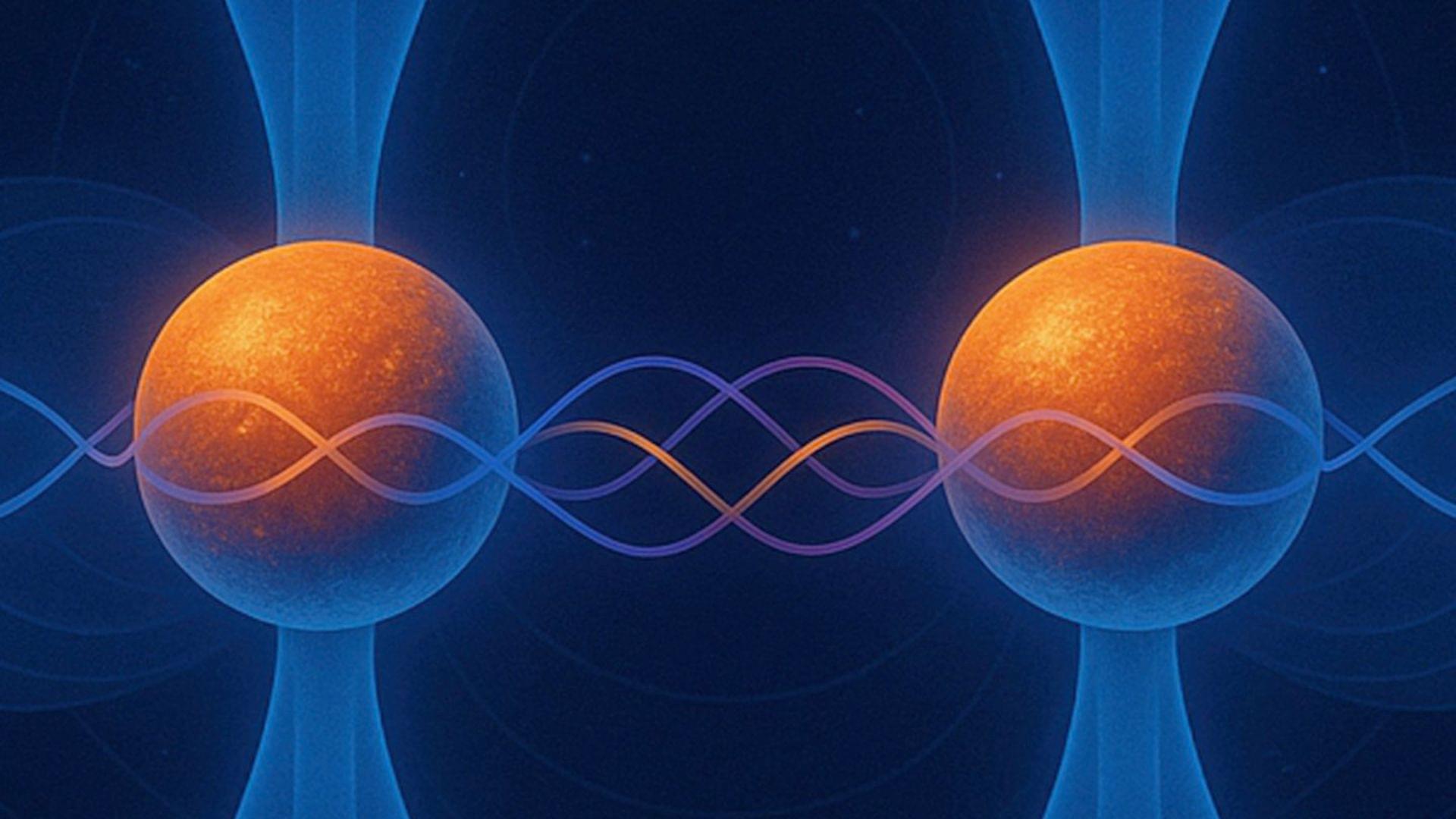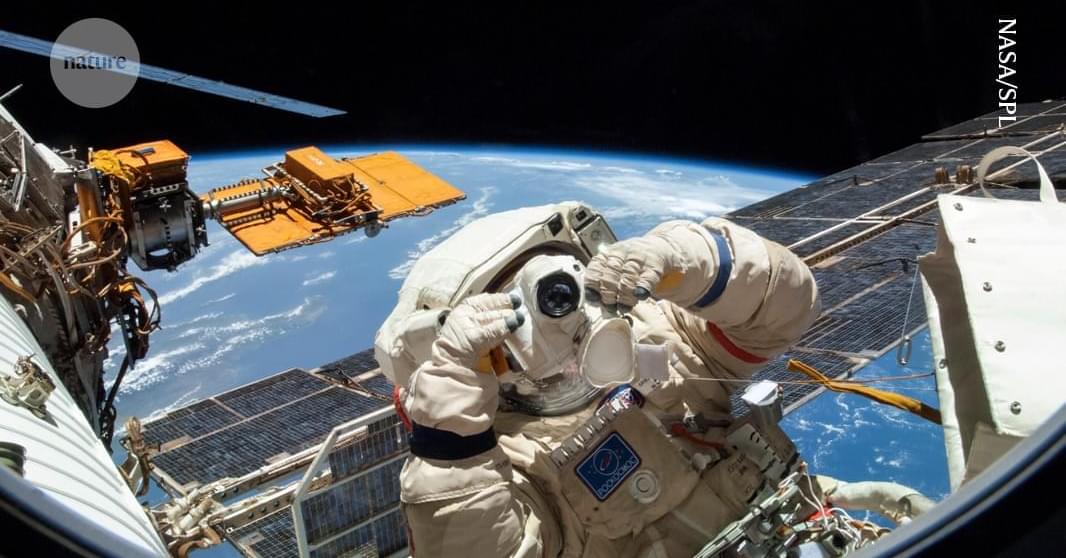A new study suggests that vitamin D supplementation may help preserve the lengths of the protective caps at the ends of chromosomes known as telomeres. Res




Scientists at MIT discover a rare form of graphite that defies expectations by exhibiting both superconductivity and magnetism.





